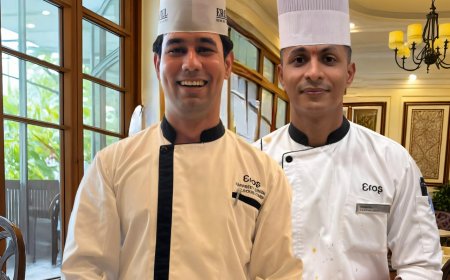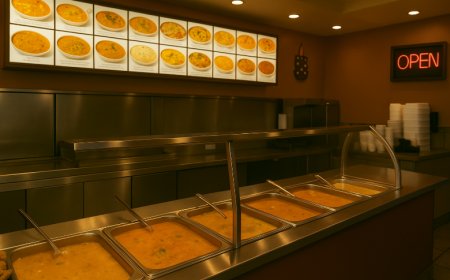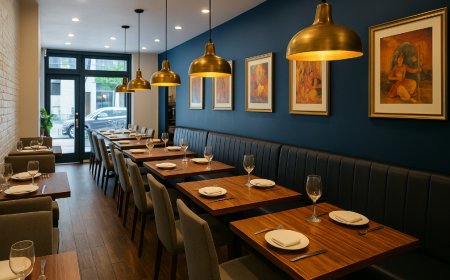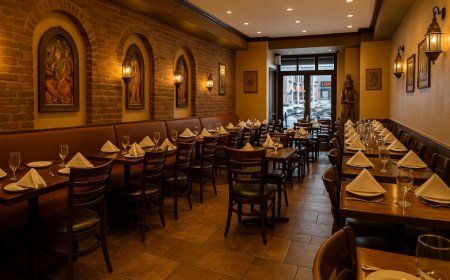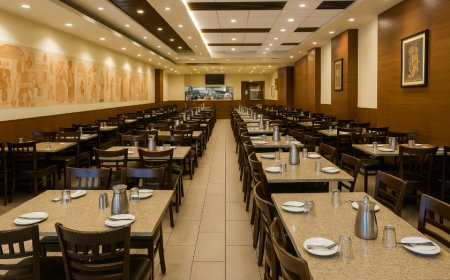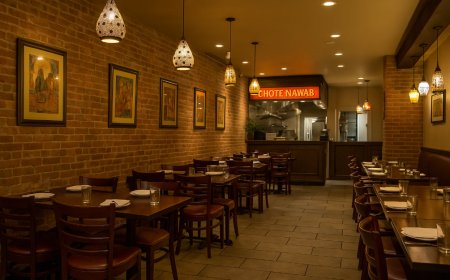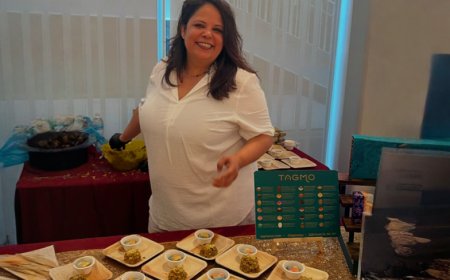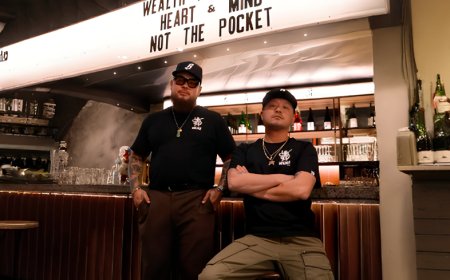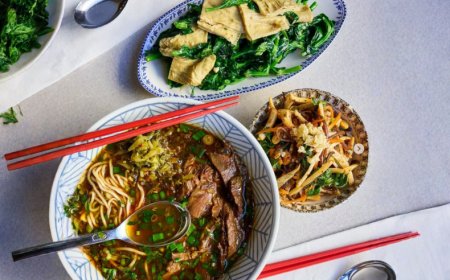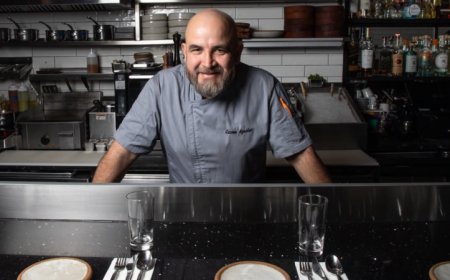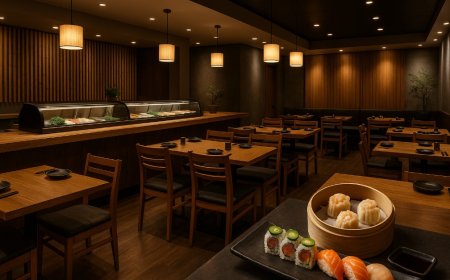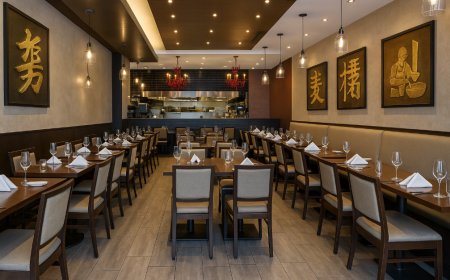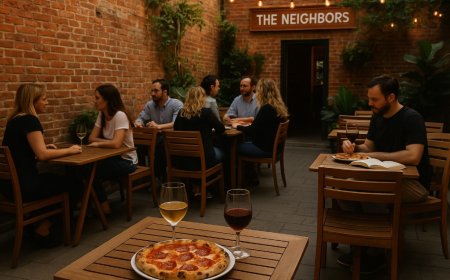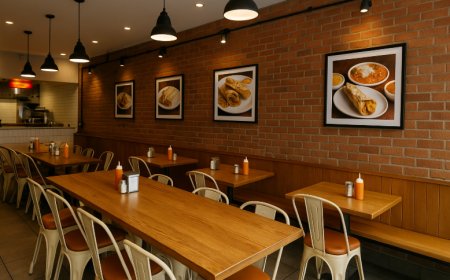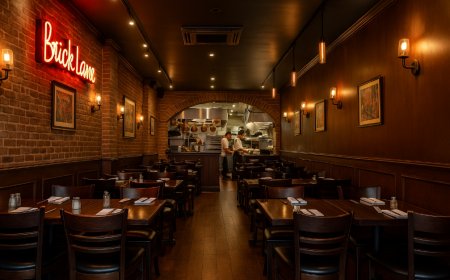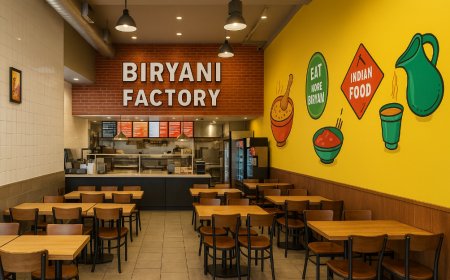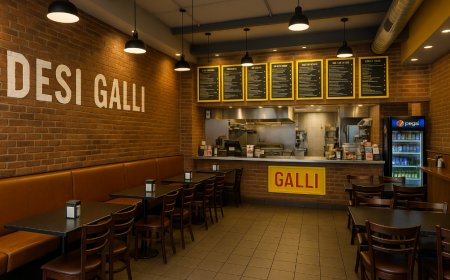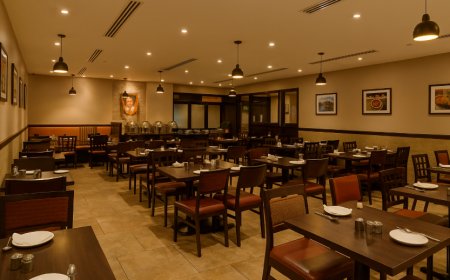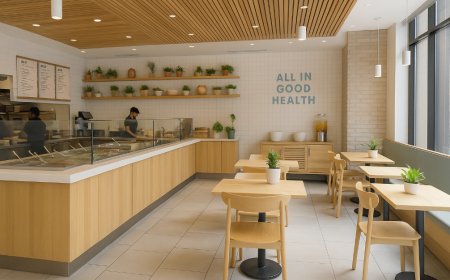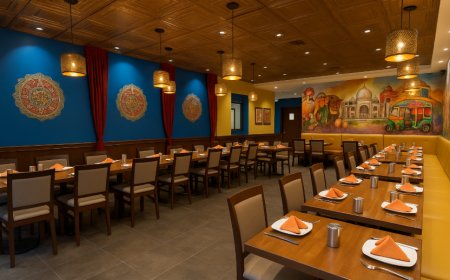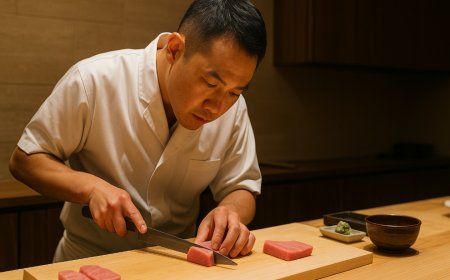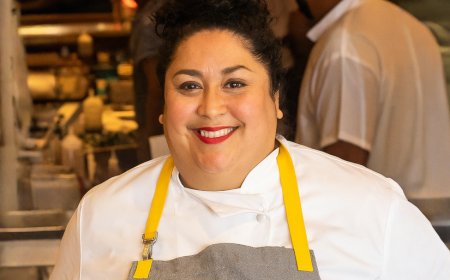Etrusca: Where Tuscan Tradition Met Modern Elegance in NYC’s Financial District
Explore Etrusca, a Tuscan-inspired restaurant in NYC's Financial District, where Chef Elisa Da Prato redefined tradition with biodynamic wines, seasonal menus, and soulful Italian storytelling.

Tucked between the sleek architecture of New York City's Financial District, Etrusca was more than just another Italian restaurant. It was a poetic nod to Tuscany—an expression of rustic heritage, modern creativity, and a heartfelt culinary philosophy. Though it closed its doors on June 8, the story behind Etrusca, led by the imaginative Chef Elisa Da Prato, remains a meaningful chapter in the city’s dining narrative.
The Vision Behind Etrusca
Launched in early January, Etrusca emerged with a simple yet ambitious goal: to bring authentic Tuscan soul to downtown Manhattan. Designed for a neighborhood teeming with busy professionals, Etrusca offered a contrast—inviting guests to slow down, connect, and savor.
Chef Elisa Da Prato, a native of Florence, envisioned a restaurant where regional Italian cuisine was celebrated through a contemporary lens. Drawing inspiration from her roots, she crafted an experience that bridged old-world flavor with the pulse of urban life.
The name “Etrusca” itself hinted at timelessness—referencing the ancient Etruscan civilization, known for its artistic richness and food-centric culture. This spirit infused every detail, from the curated wine list to the open kitchen that revealed culinary rituals in action.
Chef Elisa Da Prato’s Culinary Philosophy
At the heart of Etrusca was Chef Elisa’s belief that food is not just nourishment—it’s storytelling. Her philosophy rested on three pillars:
-
Purity of Ingredients: Elisa worked closely with small farmers and artisan producers in both Italy and the U.S. to source ingredients that were local, ethical, and fresh.
-
Technique With Heart: Every dish at Etrusca balanced traditional cooking methods with subtle innovation. The goal was to honor legacy while making it feel new.
-
Emotional Experience: From music to plating, every element was intended to awaken nostalgia or curiosity—sometimes both.
Elisa often spoke about food as a personal form of art—one that was passed down, adapted, and deeply rooted in memory. That passion radiated in every service.
What Made the Menu Unique
Etrusca’s menu was a celebration of Tuscany’s bounty, reimagined for the New York palate. The offerings evolved with the seasons, but the essence remained—clean flavors, humble ingredients, and bold execution.
Highlights included:
-
Pappardelle al Cinghiale: Wide ribbons of pasta paired with a deeply flavored wild boar ragù—a Tuscan classic, simmered for hours.
-
Ricotta & Lemon Ravioli: Hand-folded and dressed with sage butter, this dish offered a soft, citrusy counterpoint to the heavier mains.
-
Branzino alla Griglia: Whole grilled sea bass, kissed with lemon and olive oil, reflecting the coastal touch of Tuscany.
-
Tagliata di Manzo: Sliced aged beef served over bitter greens with a balsamic reduction—perfectly balancing richness and acidity.
Sides like fagioli all’uccelletto (white beans stewed in tomato and garlic) and fried porcini mushrooms added earthiness and depth to the table.
Every plate was shareable, encouraging a communal style of dining that mimicked a true Italian family table.
A Wine List Rooted in Biodynamics
Etrusca's wine program was curated with as much care as its menu. The emphasis was on biodynamic and organic wines, particularly from Tuscany and neighboring regions. These selections weren’t just eco-conscious—they brought unique flavors and stories to the table.
Offerings included:
-
Crisp Vernaccia di San Gimignano
-
Earthy Chianti Classico Riservas
-
Delicate, floral Vermentinos
-
Small-batch natural sparkling wines perfect for aperitivo hour
Each bottle came with context—about the terroir, the winemaker, and the process—making wine service part of the overall storytelling.
The Space: Where Tuscany Met Wall Street
The interiors at Etrusca were a sensory balance of rustic and refined. Terracotta tiling, wooden beams, and hand-painted murals brought the warmth of a Tuscan villa, while industrial lighting and glass fixtures nodded to the restaurant’s urban setting.
The open kitchen offered diners a peek into the craftsmanship behind each dish, while the bar area came alive each evening with house-made cocktails and small plates.
Whether it was a long business lunch, a romantic dinner, or a gathering of friends, the space welcomed every occasion with a calm, stylish embrace.
The Cultural Fit in FiDi
Set against a landscape of fast-casual eateries and corporate chains, Etrusca filled a different kind of niche in the Financial District. It catered to patrons who valued authenticity, slower rhythms, and thoughtful execution.
Its proximity to cultural landmarks—like the One World Trade Center and Battery Park—also made it a welcome retreat for tourists seeking something intimate and local.
More Than a Restaurant—A Movement
Etrusca wasn’t only about cuisine. Chef Elisa was a vocal advocate for:
-
Sustainable sourcing
-
Ethical kitchen practices
-
Women-led culinary teams
-
Reviving endangered Tuscan recipes
The restaurant’s brief run included collaborations with organic olive oil producers, artisanal cheesemakers, and even a weekend pop-up showcasing traditional Florentine street food.
These initiatives reflected Elisa’s commitment to education and community. Her approach was not just about serving food—but preserving a culture and inviting others into it.
Reflections After Closure
Though Etrusca closed in June after just a few months in operation, its closure wasn’t due to lack of vision or culinary merit. As with many small businesses navigating NYC’s challenging real estate and staffing landscapes, the hurdles were structural.
However, the experience left a mark—on guests, on the neighborhood, and on the chef herself.
Elisa has hinted at future projects—possibly in Brooklyn or even back in Italy—that would carry forward Etrusca’s core ideas: sustainability, seasonality, and the poetic power of Tuscan food.
Final Thoughts: The Lasting Flavor of Etrusca
Etrusca might have had a short life, but its impact resonates. In a city known for its culinary diversity and constant reinvention, Etrusca stood out by offering something rooted and soulful.
What's Your Reaction?
 Like
0
Like
0
 Dislike
0
Dislike
0
 Love
0
Love
0
 Funny
0
Funny
0
 Angry
0
Angry
0
 Sad
0
Sad
0
 Wow
0
Wow
0
